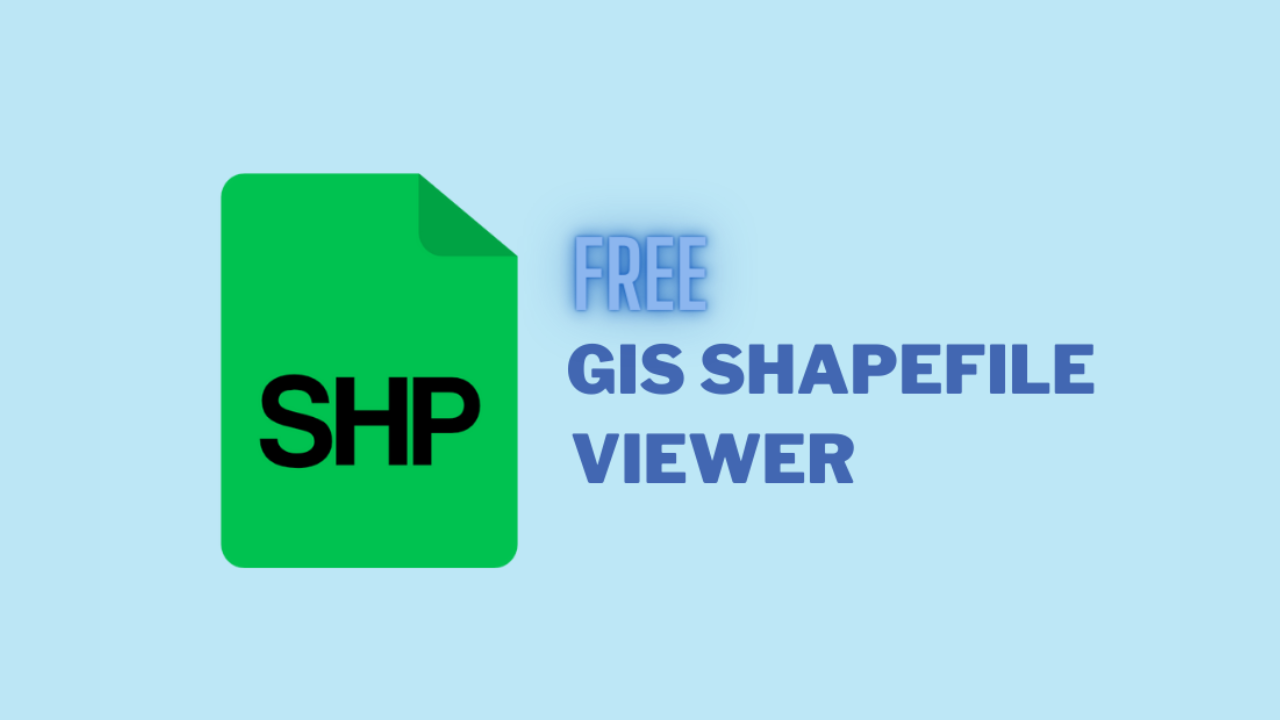How to use this tool? Watch tutorial on YouTube
Shapefile Viewer
Understanding Shapefiles
A Shapefile (developed by Esri) is a widely used GIS format for storing geographic vector data, including points, lines, and polygons. Each Shapefile consists of three mandatory files:
- .shp: Stores geometric data (e.g., coordinates).
- .shx: Index file for quick data retrieval.
- .dbf: Contains attribute data in tabular form.
- .prj file defines the coordinate system and projection
How to View Shapefiles
- GIS Software:
- QGIS: Free, open-source, and cross-platform. Ideal for editing and advanced analysis.
- ArcGIS: Paid software with a personal license ($100/year). Offers robust tools for symbology and data manipulation.
- Desktop Viewers (Lightweight Options):
- ArcGIS Explorer Desktop: Free for Windows; integrates with ArcGIS Online.
- TatukGIS Viewer: Supports 70+ formats (vector, raster) and advanced visualization.
- Shape Viewer: Free tool to open .shp files and regenerate missing .shx/.dbf files
Why Use a Shapefile Viewer?
- Quick Visualization: Validate data structure and spatial extent without heavy software.
- Accessibility: Viewers like Equator or Shapefile.io require no GIS expertise.
- Cross-Platform Support: Options like TNTatlas (Mac/Windows) and QGIS ensure flexibility.
Key Features to Highlight
- Attribute Table Access: View metadata (e.g., feature names, IDs) alongside geometry.
- Layer Customization: Tools like TatukGIS allow color adjustments, labels, and thematic mapping.
- Troubleshooting: Regenerate missing/corrupted files using Shape Viewer.
Example Use Cases
- Urban Planning: Overlay infrastructure layers (roads, drainage) on 3D terrain.
- Environmental Research: Analyze forest boundaries or biodiversity hotspots.
- Education: Teach GIS basics using free tools like QGIS or Equator.
Additional Resources
- Download Sample Data: Pak_Admin_Bdry.Zip

